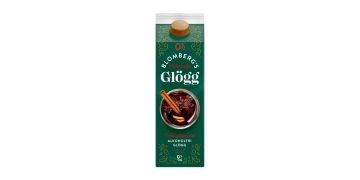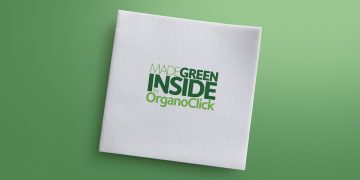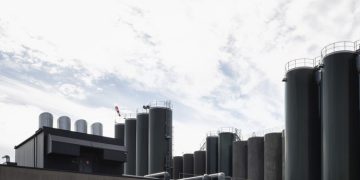In a recent report by Technavio, the global herbal extract market is poised for significant expansion, with a projected growth of USD 29.19 billion from 2022 to 2027. The market is expected to maintain a strong growth momentum, boasting an impressive Compound Annual Growth Rate (CAGR) of 12.97% during the forecast period.
One of the primary drivers fueling this growth is the increasing consumer appetite for food and beverages featuring herbal ingredients, reflecting a growing preference for natural, health-conscious products. This rising demand for herbal extracts has a noticeable impact on various market segments, from pharmaceuticals to personal care and beyond.
Pharmaceuticals segment on the rise
The pharmaceuticals segment is expected to witness substantial growth, driven by the surge in demand for functional foods and dietary supplements. Lifestyle changes and altered eating habits have led to a rise in chronic diseases. Herbal extracts, owing to their natural origins, are increasingly being adopted as supplements to address these health concerns, fostering the growth of the pharmaceutical sector within the herbal extract market.
Geographical market analysis
The Asia-Pacific (APAC) region is projected to make a significant contribution, accounting for 31% of the global market’s growth during the forecast period. In this region, a notable increase in consumer awareness regarding the adverse reactions associated with allopathy medicines has played a pivotal role. Additionally, consumers are becoming more informed about the benefits and effects of herbal products.
As a result, the demand for herbal extracts, dietary supplements, and personal care products derived from herbs is experiencing a sharp upswing. Furthermore, the APAC region is grappling with the challenges of rising obesity rates and an increased incidence of cardiovascular and other diseases linked to nutritional deficiencies, further underpinning the need for herbal extract-based solutions.




















